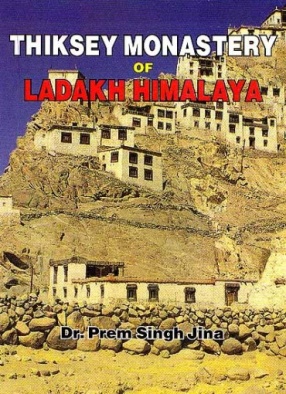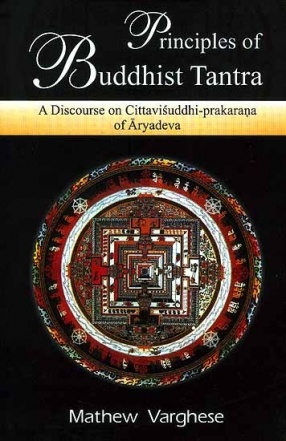Canonical and classical Mahayana literature falls into two classes viz., prajnaparamita and the Tathagatagarbha Mahayanottara-tantra Sastra, popularly known as the Uttaratantra, is the foremost example of the Tathagata-garbha literature. In this volume the author makes an exegetical and analytic study of the same text, and brings out the metaphysical and mystical bearings of Mahayana Buddhism. The teaching of the Uttaratantra is a perfect blend of philosophy, religion, spiritual discipline, mysticism and metaphysics – a blend which is characteristic of Buddhism.
Tathagata-garbha is an important Mahayana principle, which explains that all living beings possess the essence of Buddha-hood (Sarva-sattvas-tathatagata-garbhah). Tatha-gata-garbha theory is a teaching that gives great optimism for all living beings in the pursuit of Bodhi (Enlightment) or Buddhatva (Buddhahood). This theory enshrines in it a sublime concept that all the sentient beings are potential Buddhas or all will attain Buddha-hood. Owing to the presence of Tathagata-garbha in all, one perceives the equality of oneself with others, and works for the wellbeing of all living beings, as one’s entire life motif. According to A.K. Chatterjee, an outstanding authority on Yogacara Idealism, the author “brings our beautifully the implication of the notion of the Tathagatagrabha” in this volume.






There are no reviews yet.